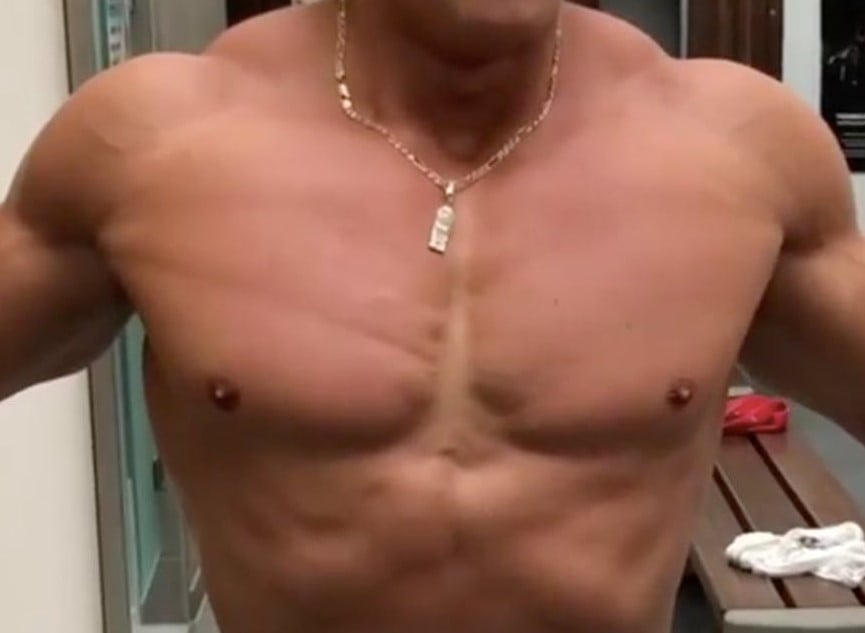Rippling Muscle Disease

I saw a client with tension in the back and during the course of the massage she presented with a rippling of the muscles, extending from the rhomboids of the upper back down to the pelvis.It was clear that this was not a usual muscle spasm and I had not seen this before either as a therapist or as a nurse. After further examination it became apparent that she most likely has RMD, a very rare condition.
RMD is a rare, genetic, non-progressive condition, known as a caveolinopathy, mainly affecting the muscles, for which there have been few clinical trials. It often develops in late childhood or adolescence, and is a rare autosomal dominant disorder characterized by mechanically induced involuntary contractions of the skeletal muscles.
CAUSES:-
• mutations in the CAV3 gene cause a shortage of the caveolin-3 protein, found in the membranes of muscle cells and maintaining cell structure. The CAV3 protein also helps regulate calcium levels in muscle cells, needed to control muscle contraction and relaxation
• CAV3 gene mutation may cause different caveolinopathies within the same family eg.hypertrophic cardiomyopathy or limb girdle muscular dystrophy
• Some RMD is of unknown cause and does not involve CAV3 mutation
• Acquired autoimmune form of RMD linked with myasthenia gravis and muscular dystrophy –does not involve genetic link or positive CAV3 test
• usually autosomal dominant inheritance – ie. One mutated dominant gene in one of the non sex chromosomes . A parent with a caveolinopathy has a 50% chance of having an affected child with one mutated gene
• autosomal recessive inheritance - occasionally both parents may carry a mutated recessive gene without any symptoms, generally resulting in more severe symptoms than those with the autosomal dominant form
SYMPTOMS:-
• mainly affects the muscles near the centre of the body (proximal muscles), particularly the thighs • the muscles are over sensitive to movement or pressure - stretching the muscle results in visible rippling across the muscle, lasting 5 - 20 seconds
• increased muscle irritability with sudden impact or stretching of the muscle which can cause percussion-induced muscle mounding, where the muscle bunches up, or percussion-induced rapid contraction, where the muscles exhibit repetitive tensing , lasting up to 30 seconds, possibly with pain
• may involve hypertrophy of muscles, particularly the calf
• may involve an abnormal gait eg. walking on tiptoe
• exercise induced muscle pain
• fatigue
• cramps or muscle stiffness, particularly following exercise or in cold temperatures
TREATMENT:-
There is no specific treatment for rippling muscle disease (RMD)other than trying to manage the symptoms. This may include:-
• weight control to avoid obesity
• physical therapy, massage and stretching exercises to improve mobility and reduce contractures
• mechanical aids eg.canes, orthotics, to assist with mobility
• social and emotional support to improve productivity and to reduce isolation
• past case reports show dantrolene, a muscle relaxant and calcium channel antagonists to be beneficial
• acquired, autoimmune RMD may benefit from immunosuppressive therapy
PROGNOSIS:-
RMD is generally a non-progressive condition with relatively mild symptoms but it can be painful, and symptoms can be particularly bad in autosomal recessive RMD (who have 2 gene mutations). Those with features of other caveolinopathies may be more severe again. There is no documented effect on life expectancy.
